Bali shuts down completely for an entire day when it’s Nyepi. At Ayana Bali, the Day of Silence has become both an experience and a cultural attraction. David Ho heads there to join the celebrations and learn more about it
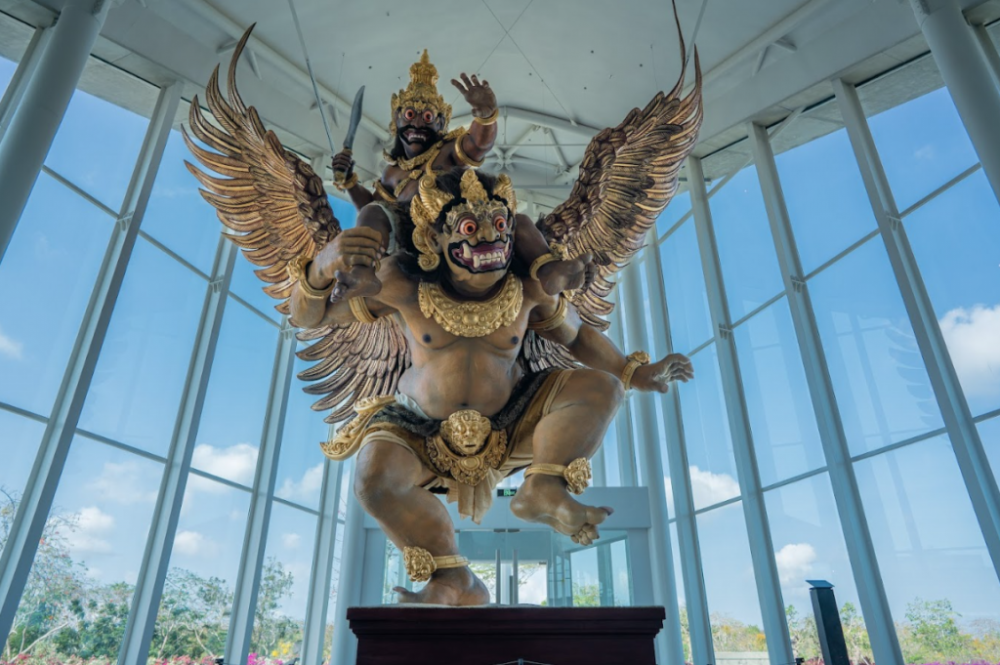
Giant demons, a day of silence, a museum, and a night sky filled with stars. It all sounds like something out of a new Netflix series, rather than a vacation. But that is exactly what a Nyepi retreat at Ayana Bali entails.
First things first, Nyepi is known as the Day of Silence in Bali. The Hindu celebration is the Indonesian island’s most sacred religious festival, as it marks the start of a new year in the Balinese Saka calendar. On this occasion, everything is shut down in Bali in the spirit of quiet self-reflection and renewal.
For this occasion, everyone stays at home. Streets are empty, businesses are closed and for some parts of Bali, even the power supply is cut off. This might not sound like the most tourist-friendly time for visitors to come to Bali, but Ayana Resort Bali is turning this around as a one-of-a-kind a cultural experience.
“Ayana Bali’s Captivating Nyepi Retreat is an immersive experience that invites guests to deeply connect with Balinese culture and this truly magical time of the year,” said Giordano Faggioli, general manager of Ayana Resort. “With Saka Museum as our cultural hub, this year’s Ogoh-ogoh parade and the special performance reaffirm our commitment to celebrating and preserving the extraordinary culture of this island.”
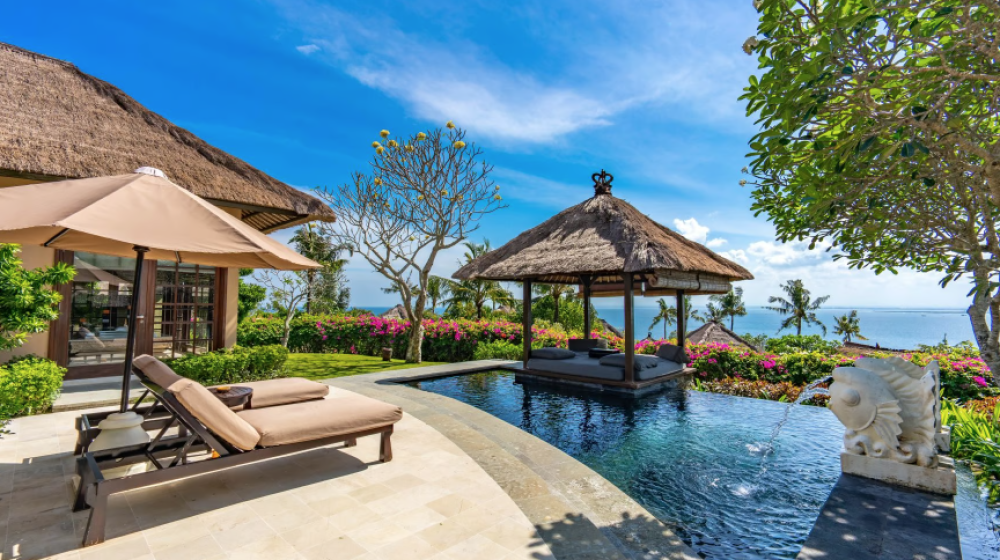
With a pitch like that, we just had visit Ayana Bali to experience Nyepi and the culturally significant events surrounding it. The sprawling grounds of the five-star resort plays host to four hotels: Ayana Resort Bali, Ayana Segara Bali, Ayana Villas Bali and Rimba by Ayana Bali.
We were assigned to one of the 78 villas at Ayana Villas Bali, which sports all the hallmarks of a luxury villa with a distinctly Balinese charm – thatched roofs, water fixtures, stoneworks, minimal walls, and a breeze running through the place. The private pool looked out to the horizons of the Indian Ocean and we immediately feel a sense of calm wash over us once we’ve settled in.
A personal butler is assigned to each villa, which may seem excessive at first. But it turns out to be a necessity as we quickly find they are essential for ferrying us around in a buggy to navigate the hefty 90 hectares estate, with a majestic 1.3 km stretch of cliff-front coastline above Jimbaran Bay.
Pengrupukan – the day before Nyepi
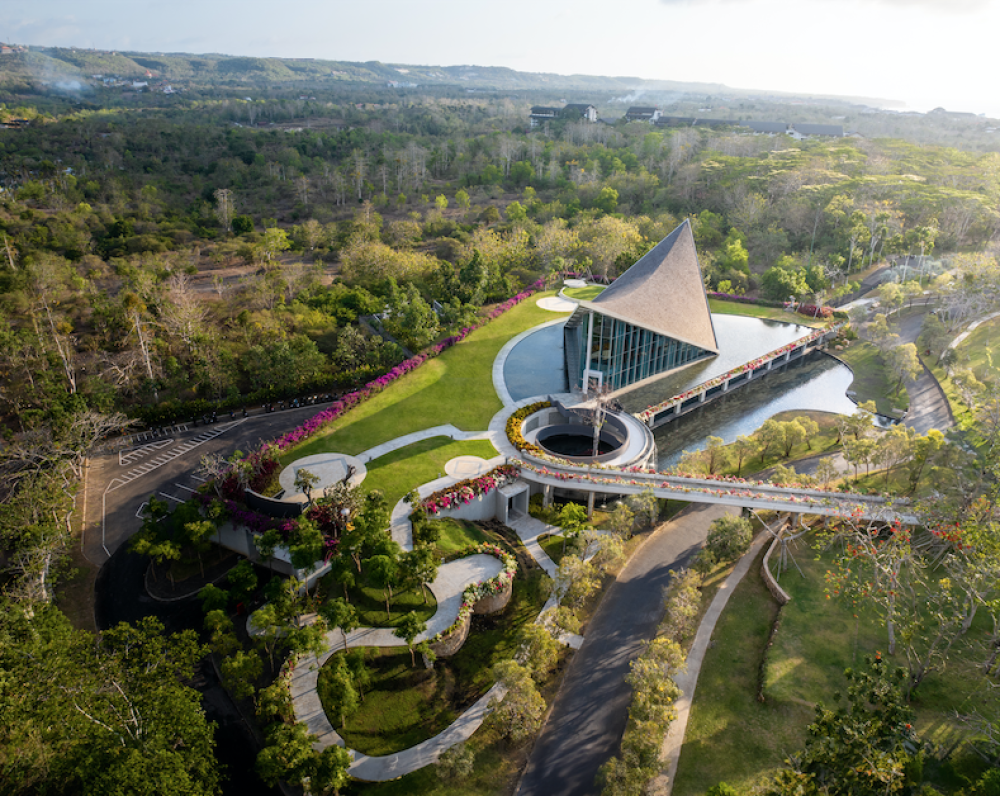
After a sunset dinner and a good evening of rest, we are charged and ready for the cultural activities that lay ahead for us on Pengrupukan, the day before Nyepi itself. The main highlight of this day is the Ngrupuk parade where giant statues called ogoh-ogoh are carried by a procession of locals through the streets of Bali, while creating as much noise as possible to ward off evil elements. This is intended to purify the surroundings of spiritual pollutants and create harmony between the realms.

We learn about this during a visit to Ayana Bali’s Saka Museum. This museum is dedicated purely to the journey through of the Nyepi festival and the cultural expressions associated with it, which deeply rooted in the Balinese Tri Hita Karana (three pillars of wellness) principle. As of press time, it is exclusive for Ayana Bali’s guests but will be open to the public in the future.
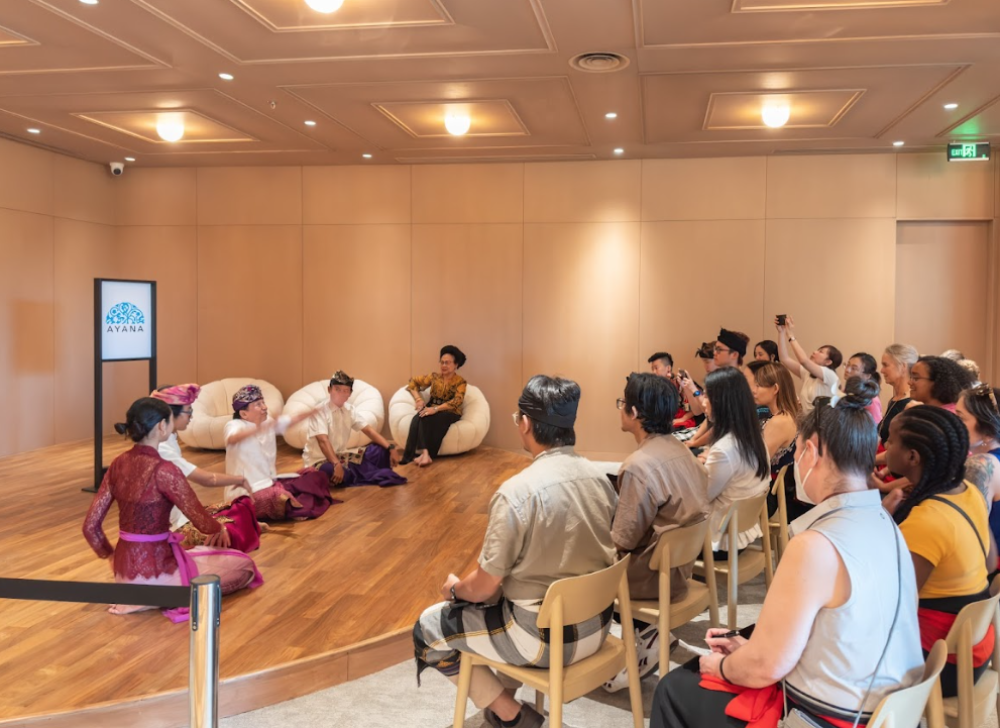
As a special treat, we were given a presentation by the museum’s curators. Renowned Balinese dancer-artist-author-educator, Professor I Made Bandem, and his cultural archivist son, I Made Marlowe Makaradhwaja Bandem, gave us a talk on the basics of Nyepi, the meaning of masks in Balinese culture, and a demonstration on traditional Balinese dances.
“The Nyepi rituals consists of dance, movement, walking styles, transitions, supported by costumes, mask and gamelan music,” explained Professor Bandem. He recounted being trained by his father in the movements since he was a kid, starting with practicing the exaggerated side glances that are an integral part of the performance as he lay in bed. It was a lot of laughs as the audience were roped into trying it and it turned out to be a surprisingly strenuous facial exercise to keep up for a length of time.
The lecture was a family affair as Suasthi Bandem, the professor’s wife and a formidable dancer in her own right, also joined in with demonstrations and lessons about the kecak. The Balinese Hindu dance and trance ritual depicts a battle the story from the Ramayana (one of the two important epics of Hinduism) where Prince Rama saves his wife Sita from the malevolent being Ravana.
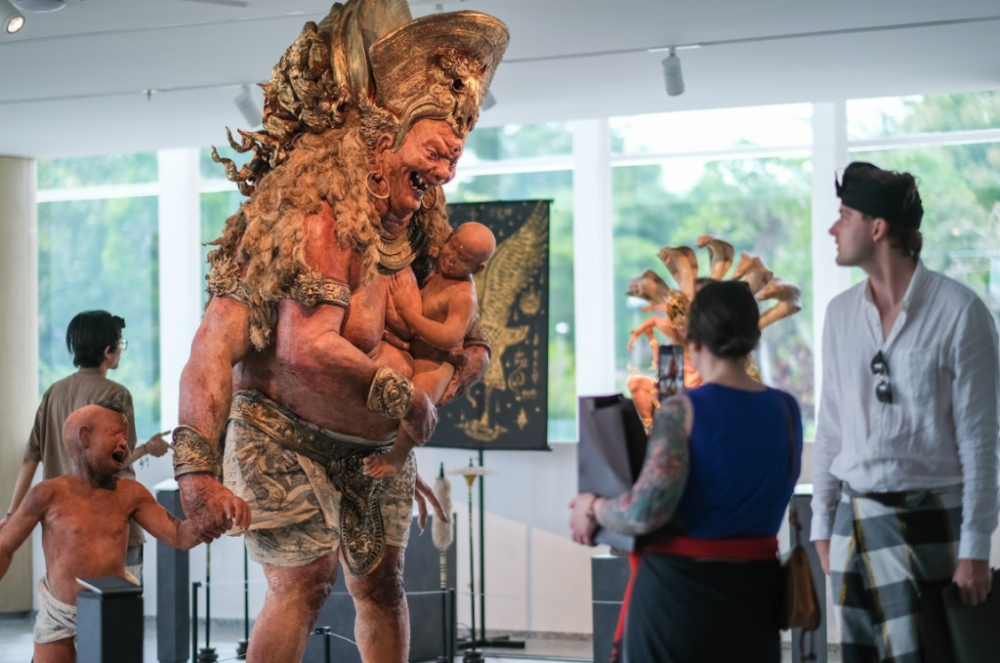
Of course, it wasn’t just a passive experience. The kecak involves a lot of chanting and hand gestures, which we were also taught. After our lesson and a tour of the museum, we were whisked away to join the start of the Ngrupuk parade at Ayana Bali’s lobby, which was quite a sight to see.
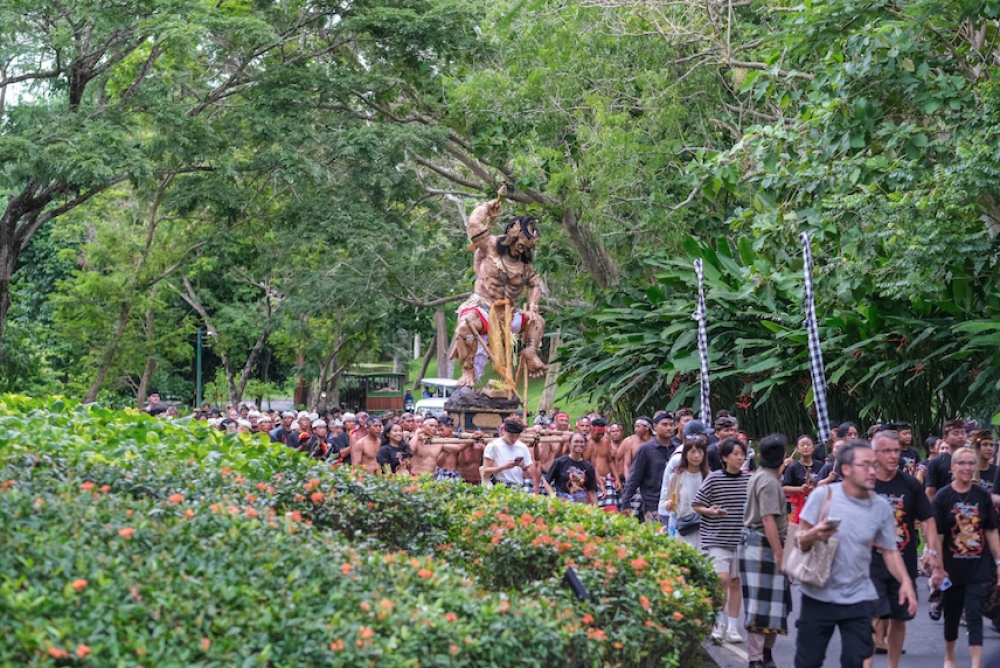
A large group of shirtless participants carried the giant ogoh-ogoh statues, effigies in the form of giant demons made by local communities, while chanting all the way. Carried on a bamboo platform, the procession made a lot of noise on its way and was rotated counter-clockwise three times at every junction to confuse the evil spirits.
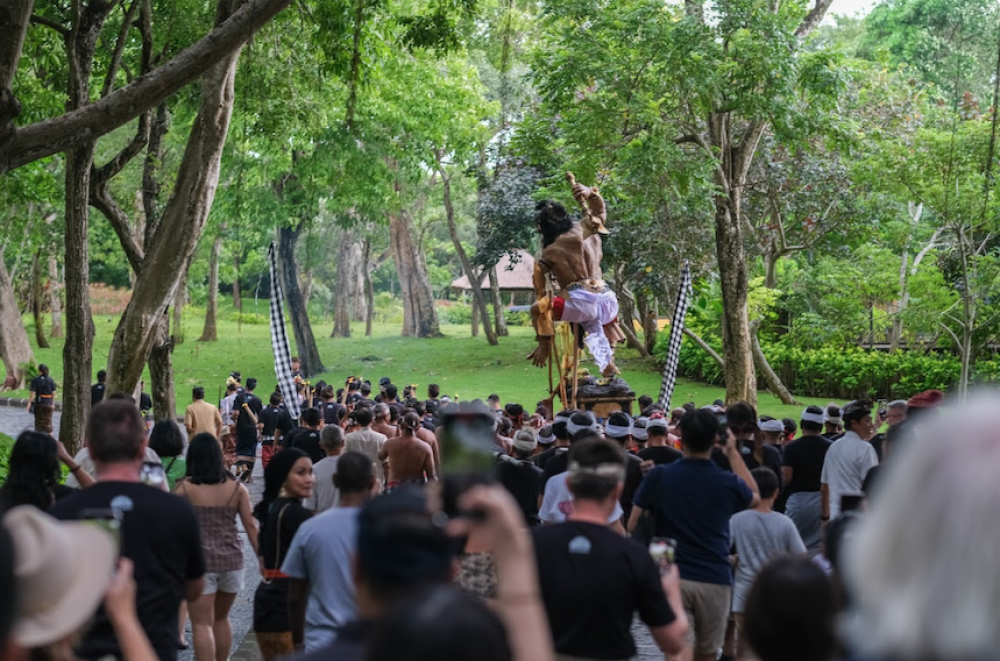
The processions ended outside the Saka Museum. The effigies are usually burnt in graveyards or beaches, but they saved these pieces of work for the museum this time.

That evening, we were treated to multiple dance performances as we feasted on local dishes at Kampoeng Bali, one of Ayana Bali’s many restaurants. The festivities continued well into the night as the Ngrupuk parade performed the kecak with local dance troupes, consisting of fire breathers and young traditional dancers.

Nyepi
The next day was Nyepi and a complete contrast to the noisy merry making of the day before. For Balinese Hindus, it is a day with no work (amati karya), travel (amati lelungan), entertainment (amati lelanguan), and fire or light (amati geni). Those who are strict about observing it may fast and not even cook or turn on the lights on this day.

As guests at Ayana Bali, we had the freedom to experience the tranquility of the day within the resort grounds, though travel outside on this day is a no-no. Fortunately, there are wellness activities aplenty on offer, so I dive into them with full gusto. A sunrise yoga session, aqua pilates, sound bath meditation, and the most divine massage of my life (Balinese style) at Ayana Spa made up my day. Although I was not able to completely avoid the siren call of work on my phone, the day did make me feel renewed, which was the whole point of Nyepi.
In the evening, we had a very memorable Mediterranean dinner in the Aegean Sea-inspired breezy terrace lounge of Scusa Restaurant. With the no lights rule for Nyepi, the island was void of any light whatsoever, without any planes coming or going even. So, my friends from the trip and I then decided to pop up to Luna Rooftop Bar to do a bit of stargazing.
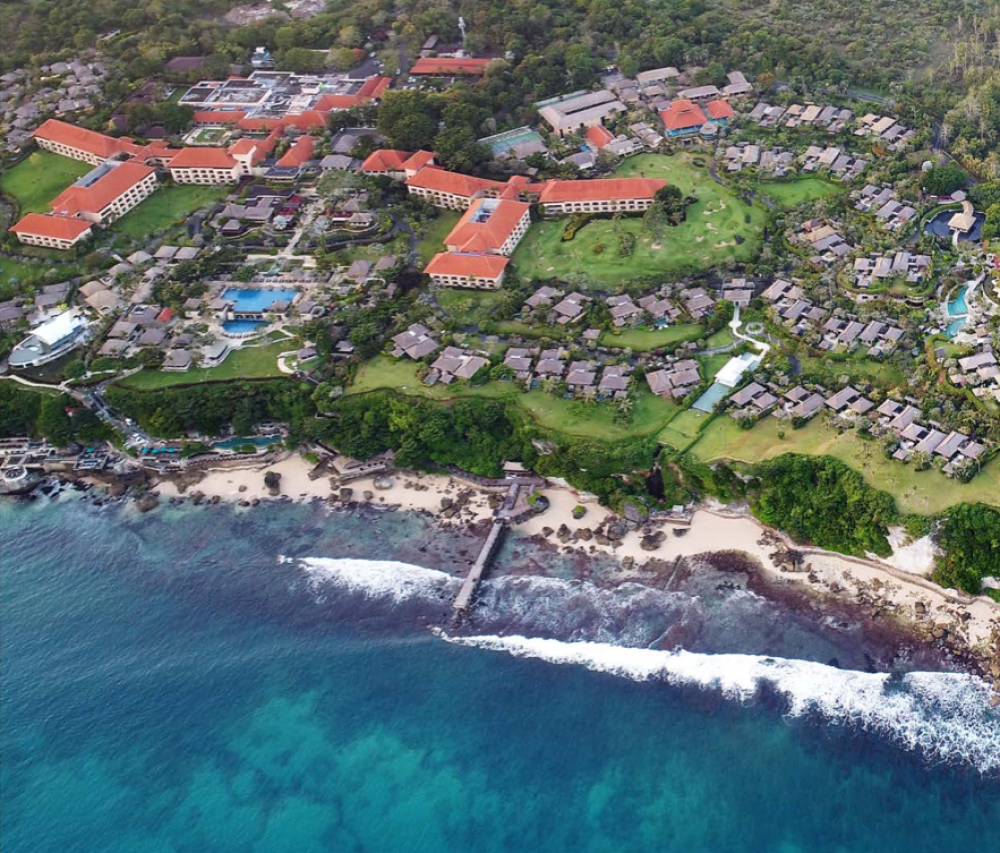
Though it had rained earlier in the evening, the weather gods had cleared it by the time we made our way to the rooftop. Enveloped in silence and darkness, we were treated to a night sky so clear we could even see the Milky Way and make out the constellations. With the sky stretching out endlessly above us like a map, it was easy to see why our ancestors used the stars to navigate, especially when they are so startlingly bright in the times before light pollution.
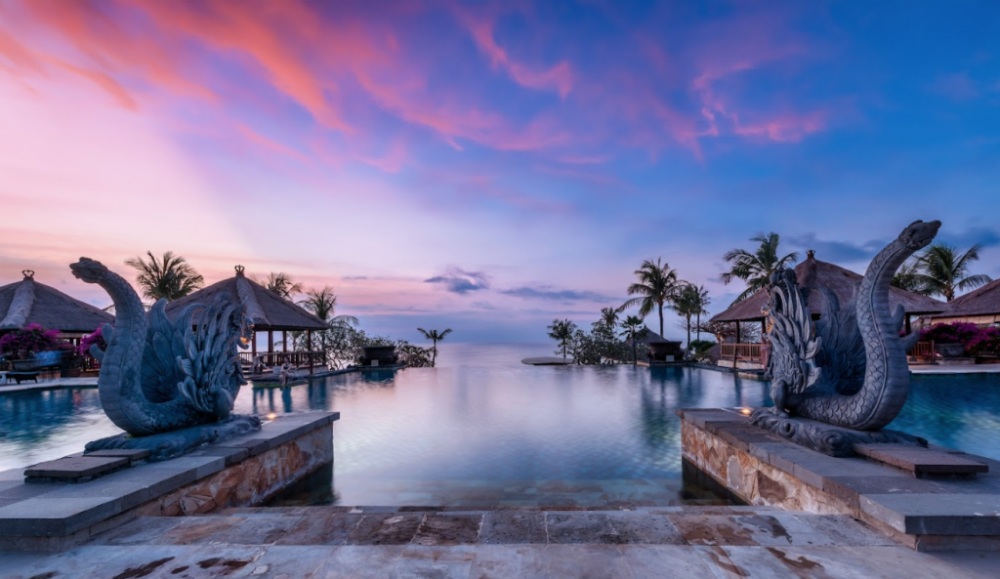
Reflecting on the contrasting two days before we go our separate ways and resume our usual fast-paced cycles, Nyepi serves as a good reminder that cleansing ourselves of our demons and unplugging from the buzz is what we all need to do every now and then. It’s just different rituals in different cultures. We could all certainly learn something from the collective effort to do so in Bali for Nyepi.
Also see: Grand Hyatt Tokyo teams up with Pokémon Sleep on wellness packages and menus





